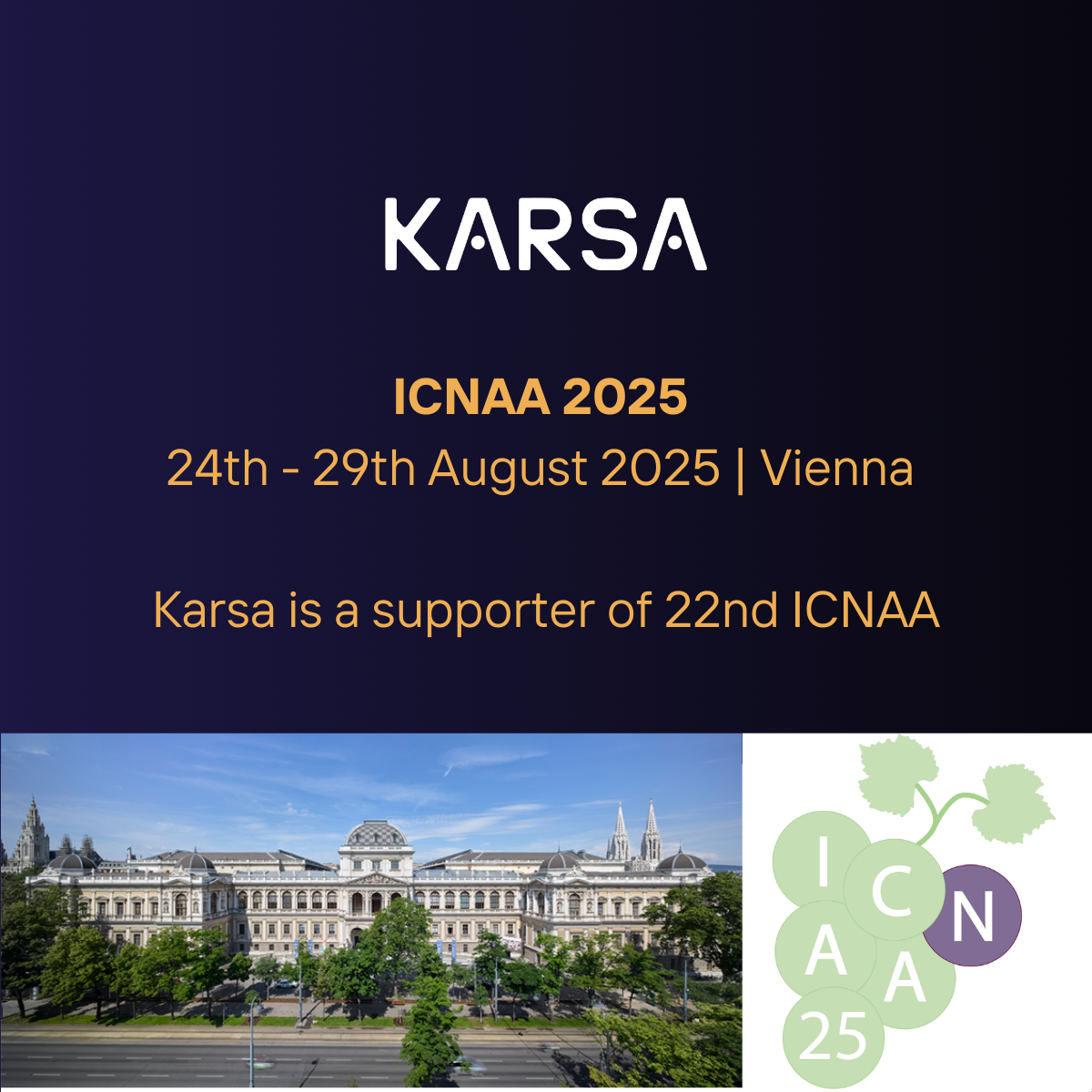Our ions and their super powers
Nitrate NO3-
‣ Solid Source available
Ideal for acids, HOMs, and organonitrates.
Bromide Br-
Most suited for OOMs, small acids, iodine species, HO₂ radicals.
Uronium CH₅N₂O⁺
‣ Solid Source available
Superior detection of amines, aprotic solvents, and DMSO/DMSO₂—exclusive reagent pioneered by our group.








